The emergence of a new discipline
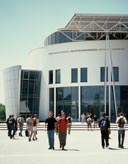
Many chairs at the Department for Mechanical Engineering had been working in the field of Design Engineering. However, it was limited to special objects, e.g. robots, machine tools, agricultural machines, airplanes or test stands. Since the basic procedure was always similar, the idea emerged to develop and evaluate general methods for design engineering. The Institute for Design Engineering (today Chair of Product Development) was therefore established in 1965, mainly through the initiative of Prof. Dr.-Ing. Gustav Niemann, the head of the Chair of Machine Elements at the Technical University of Munich at that time. Thus it became the first Chair in Germany which exclusively worked in the field of methodical design engineering and with an emphasis on the "synthesis of constructive solutions".
The first chair for methodical Design Engineering in Germany
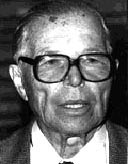
On April 1st 1965, the new chair started operating under the leadership of Prof. Dr.-Ing. Wolf G. Rodenacker, primarily working on projects in the plastic, textile and medical industry. Initially, the chair suffered from serious problems regarding their location, an old rented building in the Hohenzollernstrasse with water seeping through the walls. Fortunately, this did not last long: Already in 1969 the chair moved to the so called "U-Trakt" and in December of 1971 to the building of the former Physics-Institute in the Luisenstrasse 37a. The staff had meanwhile increased to 15 people.
Despite of all adversities – or maybe because of them – the basic principles of the new school of design engineering were developed under the direction of Professor Rodenacker. The evaluation and further development was done mostly with industrial partners. In 1970, the "Springer-Verlag" published this work titled "Methodisches Konstruieren" ("Methodical Design Engineering").
Professor Ehrlenspiel leads the Chair
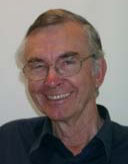
On September 1st 1976, Prof. Dr.-Ing. Klaus Ehrlenspiel, an expert in the field of gears and machine elements, became head of the Chair. From the beginning "Cost-Efficient Design Engineering" was established as a new area of special interest. A novel, integrated procedural model for technical-economic design engineering was developed in close cooperation with experts from industry.
The research area of "Computer Aided Drawing" was also established. Software to analyse the actual cost of products was developed as well as additional tools for CAD programs. One of several side effects was the founding of a spin-off company. The expansion of the "classical" Design Engineering Methods through these research areas led to the book "Integrierte Produktentwicklung" ("Integrated Product Development"), published in the Hanser–Verlag. Due to its internationally leading role in the field of cost-efficient design engineering, the number of cooperation contracts with partners in industry and the size of funding by various institutions grew. The staff increased and equipment for the chair was added.
A new name and a new building
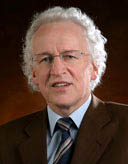
October 1st 1995, Prof. Dr.-Ing. Udo Lindemann succeeded Prof. Ehrlenspiel as head of the Chair. Under his leadership, research was broadened into researching methods, knowledge management, sustainability and development management. In 1997 the Faculty of Mechanical Engineering with all its Chairs moved to the new facilities in Garching. On May 14th, the official inauguration of the ultra modern facilities took place. This move improved the conditions for research and education even more.
In July 1999 the Chair's name was changed into "Chair of Product Development". This was done to reflect the continuous amplification of research areas of the Chair, which expanded to all steps of the product development process.
Extraordinariat "Applications of virtual product Development"
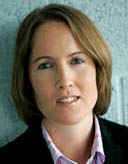
In November 2005, Prof. Dr. Kristina Shea became director of the newly established extraordinariate. Previously she led as an Associate Professor at Cambridge University, the Design Synthesis Group of the Engineering Design Centre. The thematic priorities of the department are the computer-aided design synthesis and analysis, graph grammars and shape, optimization, technical cognitive systems and the development and the use of CAx tools in the early phases of product development . Prof. Shea followed in May 2012, a professor at the ETH Zurich, where she took over the newly founded chair of Product Development & computer-based methods.